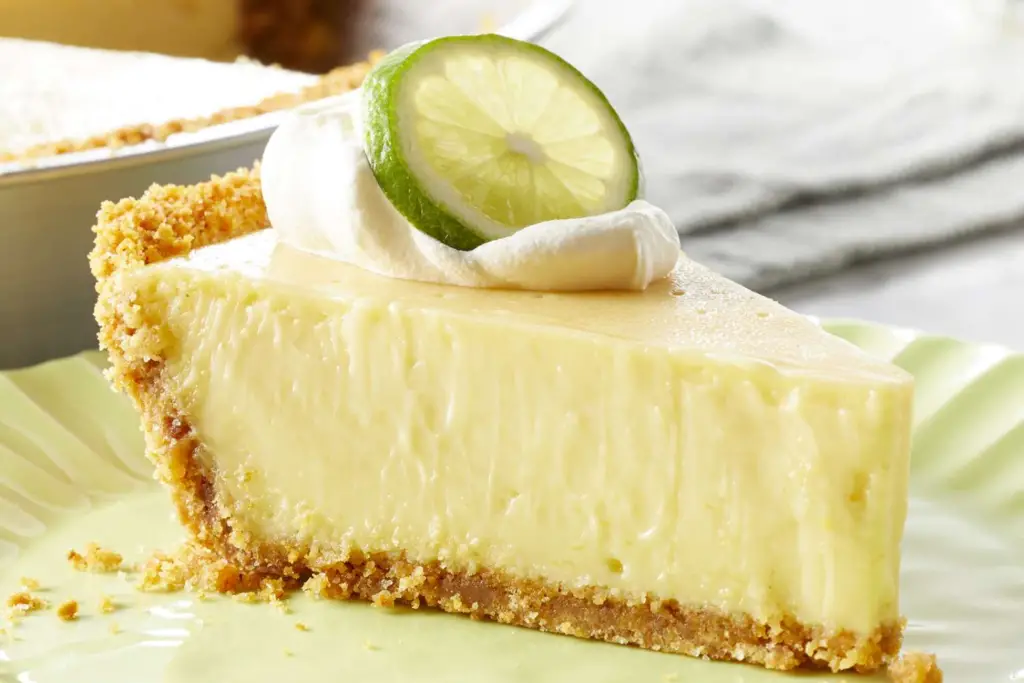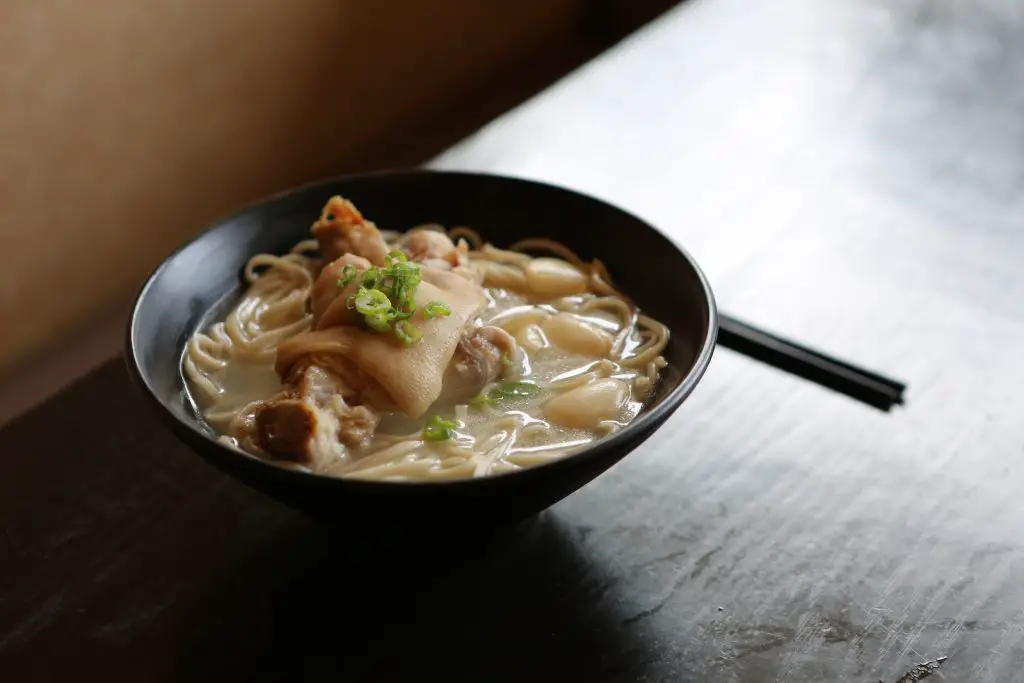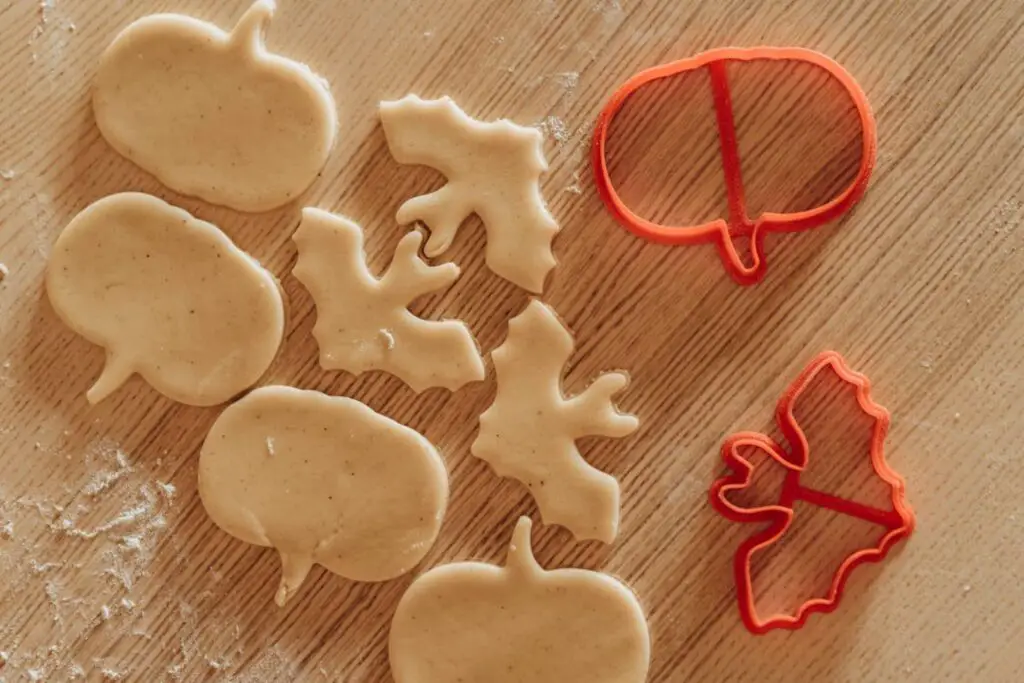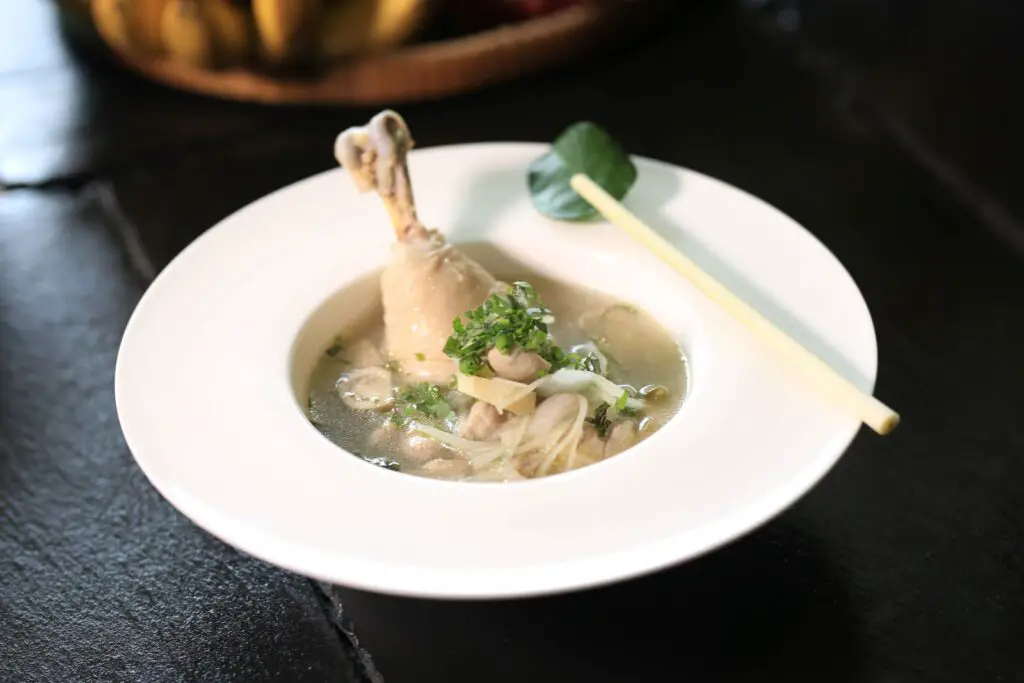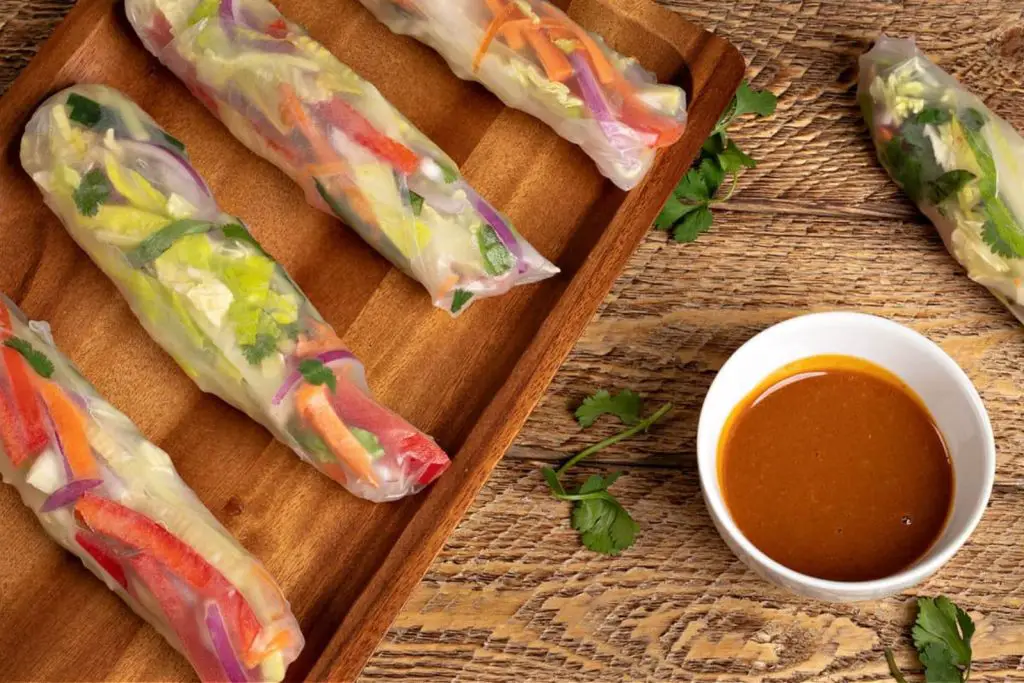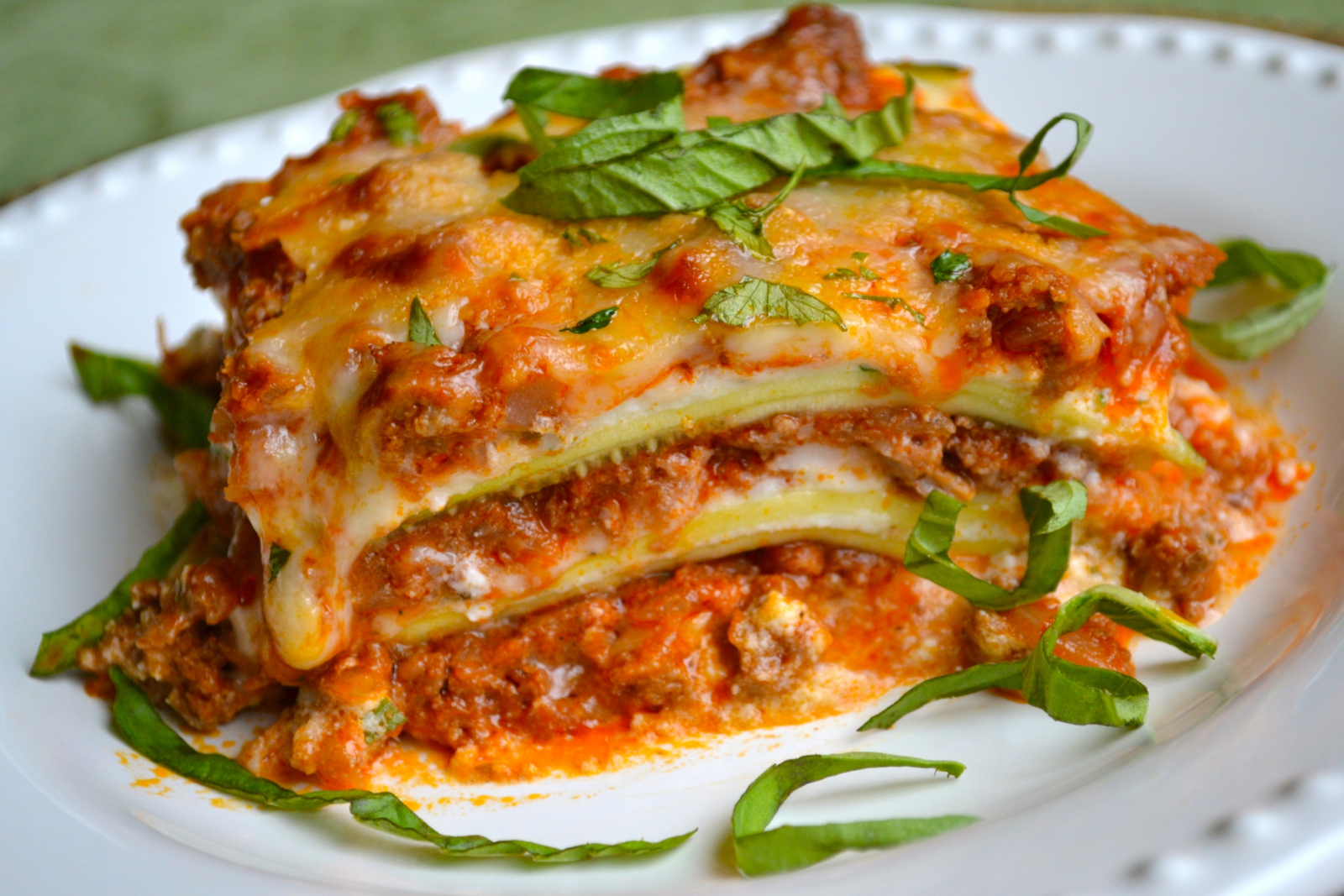
Zucchini lasagna is a delicious and healthy alternative to traditional lasagna, with zucchini slices replacing the pasta sheets. It’s a perfect dish for those looking to incorporate more vegetables into their meals or for those following a low-carb or gluten-free diet. Making a large batch of zucchini lasagna and freezing it allows you to have a convenient and nutritious meal ready to enjoy whenever you desire. By following a few simple steps, you can successfully freeze zucchini lasagna while maintaining its taste and texture. In this article, we provide a step-by-step guide on how to freeze zucchini lasagna, ensuring it remains delicious and satisfying for future consumption.
Here’s a guide on how to freeze zucchini lasagna:
Step 1: Allow the lasagna to cool
After cooking the zucchini lasagna, it’s essential to let it cool completely before proceeding with the freezing process. Allowing the lasagna to cool serves two important purposes: preserving its structure and preventing condensation.
- Structure preservation: When the zucchini lasagna is hot, it is more delicate and prone to losing its shape or becoming mushy. Cooling it down helps the layers of zucchini, sauce, and cheese to set and hold their form. This ensures that when you thaw and reheat the lasagna later, it retains its original structure and doesn’t turn into a messy mush.
- Condensation prevention: Cooling the lasagna before freezing also helps prevent the formation of condensation. If you were to transfer a hot lasagna directly into the freezer, the steam and moisture trapped inside the dish would turn into ice crystals. This can lead to soggy and watery lasagna when thawed and reheated. By allowing the lasagna to cool completely, you give the excess moisture time to evaporate, reducing the risk of condensation during the freezing process.
To cool the zucchini lasagna, follow these steps:
- Remove from the oven: Once the lasagna is cooked, take it out of the oven using oven mitts or heat-resistant gloves. Place it on a heat-resistant surface, such as a cooling rack or a trivet.
- Leave at room temperature: Allow the zucchini lasagna to sit at room temperature until it reaches room temperature or slightly warm. This process typically takes about 30 minutes to an hour, depending on the thickness and size of the lasagna.
- Avoid direct heat or cold sources: Ensure that the lasagna is placed away from direct heat sources, such as stovetops or sunny spots, as this can cause uneven cooling. Also, avoid placing it in the refrigerator immediately after cooking, as the hot lasagna can raise the temperature inside the fridge and potentially affect other perishable items.
Step 2: Divide into individual portions
When freezing zucchini lasagna, dividing it into individual portions before freezing offers several benefits. This step is particularly useful if you prefer freezing smaller servings for individual meals or if you have a large family and want to portion the lasagna for easier serving. Here’s why dividing the zucchini lasagna into individual portions is advantageous:
- Convenience and portion control: Freezing the lasagna in individual portions allows for convenient meal planning. It enables you to defrost and heat up only the amount you need, reducing waste and ensuring that each serving is perfectly portioned. This is especially helpful for individuals or families with varying appetites or dietary preferences.
- Easy reheating: When the lasagna is divided into individual portions, it is much simpler to reheat. You can thaw and heat only the desired number of servings, saving time and energy. It eliminates the need to defrost and reheat the entire lasagna when you only need a single portion.
- Flexible meal options: By freezing the zucchini lasagna in individual portions, you have the freedom to enjoy it as a complete meal or incorporate it into other dishes. You can use a single portion as a main course or combine multiple portions to create a larger family meal. Additionally, you can easily customize each portion with additional toppings, sauces, or side dishes based on individual preferences.
- Reduced freezer burn risk: Dividing the lasagna into individual portions reduces the surface area exposed to air when freezing. This minimizes the risk of freezer burn, which can negatively affect the texture and taste of the lasagna. Each portion can be wrapped tightly, ensuring better protection and preserving the quality of the frozen zucchini lasagna.
To divide the zucchini lasagna into individual portions:
- Once the lasagna has cooled completely, carefully cut it into desired serving sizes using a sharp knife. Consider the portion sizes that best suit your needs or the number of people you’ll be serving.
- Use a spatula or a pie server to lift each portion and transfer it to a separate freezer-safe container or wrap it individually.
Can I freeze individual slices of zucchini lasagna?
Yes, you can freeze individual slices of zucchini lasagna. After the lasagna is fully assembled and baked, cool it completely, then slice it into individual portions. Wrap each slice tightly in plastic wrap or foil and place them in a freezer-safe container or bag. This allows for convenient single servings to be thawed and reheated as needed.
Step 3: Wrap each portion
Once the zucchini lasagna has been divided into individual portions, the next step is to wrap each portion tightly in plastic wrap or aluminum foil before freezing. Proper wrapping is crucial for preserving the quality of the lasagna and preventing freezer burn. Here’s why wrapping each portion is important and how to do it effectively:
- Protection from freezer burn: Freezer burn occurs when air comes into contact with the surface of food, causing it to dry out and develop unappetizing textures and flavors. By tightly wrapping each portion of zucchini lasagna, you create a barrier that helps prevent air exposure and the subsequent risk of freezer burn. This protective layer helps maintain the moisture content and overall quality of the lasagna during freezing.
- Preservation of taste and texture: Wrapping the lasagna portions tightly also helps preserve the taste and texture of the dish. It prevents the lasagna from absorbing odors from other foods in the freezer, which can impact its flavor. Additionally, proper wrapping minimizes the formation of ice crystals, ensuring that the lasagna retains its desired texture when thawed and reheated.
To wrap each portion of zucchini lasagna effectively:
- Place a portion of the lasagna in the center of a sheet of plastic wrap or aluminum foil. Make sure the wrap is large enough to completely cover the portion.
- Fold one side of the wrap over the lasagna portion, tucking it underneath to secure it. Smooth out any wrinkles or air pockets.
- Repeat the folding process with the remaining sides of the wrap, making sure to create a tight seal. Ensure that all edges are well-sealed, leaving no gaps or exposed areas.
- If using plastic wrap, you can twist the excess wrap at the ends to create a tight seal. With aluminum foil, you can fold and crimp the edges to secure the wrap.
Step 4: Place in a freezer-safe container
After wrapping each portion of zucchini lasagna, it’s important to place them in a freezer-safe container or resealable freezer bags before storing them in the freezer. This additional layer of protection offers several benefits in maintaining the quality of the lasagna. Here’s why using a freezer-safe container or bag is crucial and how it helps preserve the zucchini lasagna:
- Enhanced protection: Freezer-safe containers or bags provide an extra layer of protection against air and moisture. While the initial wrapping helps prevent freezer burn, placing the wrapped portions in a container or bag adds an additional barrier, minimizing the risk of air exposure and maintaining the moisture content of the lasagna. This helps preserve its taste, texture, and overall quality.
- Prevention of freezer odors: Freezers can sometimes carry strong odors from other food items. By using a freezer-safe container or bag, you create a seal that helps prevent these odors from permeating the lasagna. This ensures that the zucchini lasagna maintains its own distinct flavors and is not affected by any unwanted smells.
- Organization and space optimization: Using containers or bags allows for better organization and space optimization in the freezer. Containers can be stacked, utilizing the available space efficiently. Freezer bags can be placed flat or arranged in a way that maximizes space utilization. This not only helps keep the freezer organized but also makes it easier to locate and retrieve individual portions of zucchini lasagna when needed.
To place the wrapped zucchini lasagna portions into a freezer-safe container or bag effectively:
- Select a freezer-safe container or bag: Choose containers or bags specifically designed for freezer storage. Ensure they are made of durable materials that can withstand freezing temperatures without cracking or breaking. Containers with tight-fitting lids and freezer bags with secure zip-top closures are ideal.
- Arrange the wrapped portions: Place the wrapped portions of zucchini lasagna in the container or bag, making sure they fit comfortably without overcrowding. Leave a little space between the portions to allow for even freezing and to prevent them from sticking together.
- Seal the container or bag: If using a container, secure the lid tightly to create an airtight seal. For freezer bags, press out any excess air before sealing the bag tightly to prevent freezer burn and maintain the quality of the lasagna.
Step 5: Label and date the containers
Labeling and dating the containers in which the zucchini lasagna portions are stored is a crucial step in the freezing process. It serves as a helpful reference for easy identification and enables you to keep track of the freezing duration. Here’s why labeling and dating the containers is important and how it contributes to an organized freezer:
- Easy identification: By labeling each container with the contents, you can quickly identify the zucchini lasagna portions without the need to open or inspect them. This saves time and prevents the risk of confusion or mixing up different dishes in the freezer.
- Prevents waste and spoilage: Properly labeling the containers helps avoid situations where you may forget what is stored inside or when the lasagna was frozen. This knowledge allows you to plan your meals effectively and consume the frozen zucchini lasagna within a reasonable timeframe, minimizing the risk of spoilage and unnecessary waste.
- Rotating freezer stock: Labeling the containers with the date of freezing helps you keep track of the storage duration. It ensures that you use the oldest portions first, following the “first in, first out” principle. This practice prevents the lasagna from being stored for excessively long periods, resulting in potential quality degradation over time.
- Recipe reference: Labeling the containers also allows you to include any specific details or variations in the recipe. For example, if you’ve prepared different versions of zucchini lasagna with varying ingredients or flavors, noting these details on the label can help you choose the desired variation when thawing and reheating.
To label and date the containers effectively:
- Use a permanent marker: Ensure you have a permanent marker or a label specifically designed for freezer use. Regular pens or markers may fade or rub off in freezing temperatures, making the labels illegible over time.
- Write the contents: On each container, write a clear and concise description of the contents, such as “Zucchini Lasagna.”
- Date of freezing: Include the date when the zucchini lasagna portions were frozen. You can write the full date or simply the month and year, whichever is more convenient for you.
- Additional details: If desired, you can include any additional information on the label, such as specific variations or special ingredients used.
Step 6: Store in the freezer
After properly labeling and dating the containers of zucchini lasagna, it’s time to place them in the freezer for long-term storage. Proper storage conditions are essential for maintaining the quality and taste of the lasagna. Here’s why and how to store the zucchini lasagna in the freezer effectively:
- Maintaining low temperatures: Choose a spot in your freezer that maintains a consistently low temperature, ideally below 0°F (-18°C). Freezing the lasagna at such low temperatures helps preserve its texture, flavor, and overall quality. It inhibits the growth of bacteria and enzymes, effectively slowing down the process of food deterioration.
- Preventing temperature fluctuations: It’s crucial to keep the lasagna away from the freezer door to minimize exposure to temperature fluctuations. Opening and closing the freezer door frequently can cause temperature fluctuations, which may affect the quality of the frozen lasagna. Placing the lasagna away from the door helps maintain a more stable temperature environment.
- Storage duration: Zucchini lasagna can generally be stored in the freezer for up to three months without significant loss of quality. After this period, the lasagna may start to degrade in taste and texture. While it may still be safe to consume, it’s advisable to consume the frozen lasagna within the recommended time frame to ensure the best taste and overall experience.
To store the zucchini lasagna in the freezer effectively:
- Make space: Clear a suitable space in your freezer where the containers can be placed without being squeezed or overcrowded. It’s important to allow proper air circulation around the containers for optimal freezing.
- Arrange containers: Place the labeled and wrapped containers of zucchini lasagna in the designated space in the freezer. Ensure they are positioned in a stable manner, preventing them from tipping over or becoming damaged.
- Avoid stacking too high: If you have multiple containers, avoid stacking them too high, as this may lead to compression and potential damage to the lasagna portions. If needed, use freezer-safe dividers or shelves to create separate layers for storage.
- Maintain organization: Consider organizing the freezer by grouping similar foods together or using storage bins or racks to keep the lasagna containers easily accessible and visible. This helps with quick identification and prevents the need to dig through the freezer when retrieving a specific portion.
Step 7: Thaw and reheat when ready to serve
When the time comes to enjoy the frozen zucchini lasagna, proper thawing and reheating ensure that it is safe to eat and maintains its delicious taste and texture. Here’s why and how to thaw and reheat the lasagna effectively:
- Thawing in the refrigerator: The safest way to thaw frozen zucchini lasagna is to transfer it from the freezer to the refrigerator. Place the container of lasagna in the refrigerator and allow it to thaw slowly overnight or for about 24 hours. Thawing in the refrigerator ensures even and controlled thawing, reducing the risk of bacterial growth and maintaining the quality of the lasagna.
- Reheating options: Once the zucchini lasagna has thawed, it’s time to reheat it to a safe serving temperature. You have a couple of options for reheating:
- Oven reheating: Preheat the oven to around 350°F (175°C). Remove the thawed lasagna from the container and transfer it to an oven-safe dish. Cover the dish with foil to prevent excessive drying and place it in the preheated oven. Reheat the lasagna for approximately 20-30 minutes or until it reaches an internal temperature of 165°F (74°C). Keep an eye on the lasagna to avoid overcooking.
- Microwave reheating: If you prefer a quicker option, you can reheat individual portions of the thawed zucchini lasagna in the microwave. Transfer a single portion to a microwave-safe dish, cover it with a microwave-safe lid or microwave-safe plastic wrap, and heat on medium power in short intervals. Stir or rotate the lasagna halfway through to ensure even heating. Check the temperature throughout the reheating process and stop once it reaches 165°F (74°C).
- Discard spoiled lasagna: It’s important to discard any frozen lasagna that shows signs of spoilage, such as an off odor, unusual texture, or discoloration. Trust your senses and prioritize food safety. If in doubt, it’s best to err on the side of caution and dispose of any lasagna that appears questionable.
Other related questions
Can I refreeze zucchini lasagna?
No, it is not recommended to refreeze zucchini lasagna once it has been thawed. Refreezing can negatively impact the texture and taste of the lasagna, leading to potential quality degradation. It is best to consume the thawed zucchini lasagna or store any leftovers in the refrigerator for a short period before consuming them.
How do I know if the zucchini lasagna has gone bad after being frozen?
To determine if frozen zucchini lasagna has gone bad, examine its appearance, smell, and texture. Look for signs of mold, discoloration, or freezer burn. If the lasagna has an unpleasant or off odor, or if the texture is excessively mushy or slimy, it is likely spoiled and should not be consumed. When in doubt, it is safest to discard any frozen zucchini lasagna that shows signs of spoilage.
Can I freeze zucchini lasagna with dairy-based ingredients?
Yes, you can freeze zucchini lasagna that includes dairy-based ingredients like cheese. However, keep in mind that the texture of the cheese may change slightly after freezing and thawing. It’s recommended to choose cheeses that freeze well, such as mozzarella or ricotta, for the best results.
Can I freeze zucchini lasagna made with gluten-free noodles?
Yes, you can freeze zucchini lasagna made with gluten-free noodles. Follow the same freezing process as with traditional zucchini lasagna, ensuring that the noodles are cooked to al dente before assembling the lasagna. Gluten-free noodles may have a slightly different texture after freezing, but they will still be enjoyable.
Can I freeze unbaked zucchini lasagna for future use?
Yes, you can freeze unbaked zucchini lasagna for future use. Prepare the lasagna as instructed in your recipe, but instead of baking it, wrap it tightly in plastic wrap or aluminum foil and place it in the freezer. When you’re ready to enjoy it, thaw it in the refrigerator and bake it according to the recipe instructions.
Can I freeze zucchini lasagna made with homemade tomato sauce?
Yes, you can freeze zucchini lasagna made with homemade tomato sauce. Make sure the sauce has cooled completely before assembling the lasagna. Freezing homemade tomato sauce helps preserve its flavors, and it will blend well with the other ingredients when reheated.
Can I freeze zucchini lasagna with a béchamel or white sauce?
Yes, you can freeze zucchini lasagna with a béchamel or white sauce. Ensure the sauce is fully cooled before assembling the lasagna. The sauce may thicken slightly after freezing, but it will still add a creamy element to the dish when reheated.
Can I freeze zucchini lasagna with different cheeses or cheese substitutes?
Yes, you can freeze zucchini lasagna with different cheeses or cheese substitutes. However, it’s important to note that the texture of some cheeses may change slightly after freezing and thawing. Experiment with cheeses that freeze well, like mozzarella or cheddar, and consider using cheese substitutes suitable for freezing if desired.

